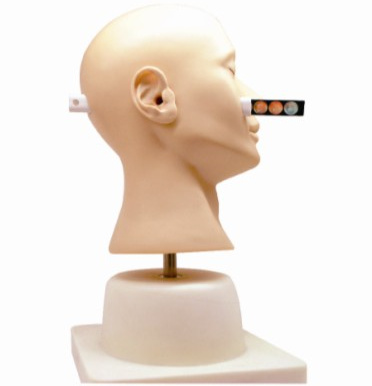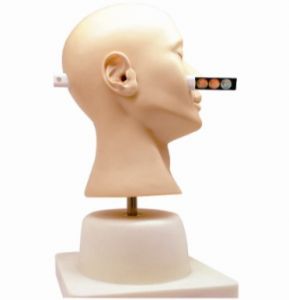Ear diagnosis model plays an important role in medical education and clinical practice, especially in shortening the adaptation period of medical staff. The following are several aspects of how the ear diagnostic model specifically shorters the adaptation period of medical personnel:
Through the highly simulated design, the real ear anatomy and pathological changes can be simulated. When practicing with the model, healthcare workers can feel tactile and visual feedback similar to clinical manipulation. This near-real operating environment allows medical staff to practice repeatedly without risk, thereby improving their operational skills and proficiency. When health care workers enter the clinical environment, they already have a certain operational foundation, so they can adapt to the actual work needs more quickly.

Models usually contain a variety of normal and pathological tympanic membrane modules, which can simulate different types of ear diseases. Medical staff can be familiar with and master the diagnostic methods and skills of different diseases by operating the model. Such diverse case simulations not only enrich the knowledge base of medical staff, but also improve their ability to cope with complex situations. When dealing with real patients, healthcare professionals are able to diagnose and deal with them more leisurely.
The use of ear diagnosis model is not only limited to the training of operational skills, but more importantly, through the simulation of real cases, strengthening the combination of theory and practice. In the process of operating the model, medical staff need to combine the knowledge to conduct comprehensive analysis and judgment, so as to cultivate clinical thinking ability. The improvement of this thinking ability helps medical staff to judge the condition more accurately in clinical practice, formulate treatment plans, and effectively respond to various emergencies.
To sum up, the ear diagnosis model significantly shortened the adaptation period of medical staff by simulating the real environment, simulating diverse cases, immediate feedback mechanism and strengthening the combination of theory and practice. It not only improves the professional skill level of medical staff, but also enhances their self-confidence and ability to cope with complex situations, making an important contribution to improving the quality of medical services.

